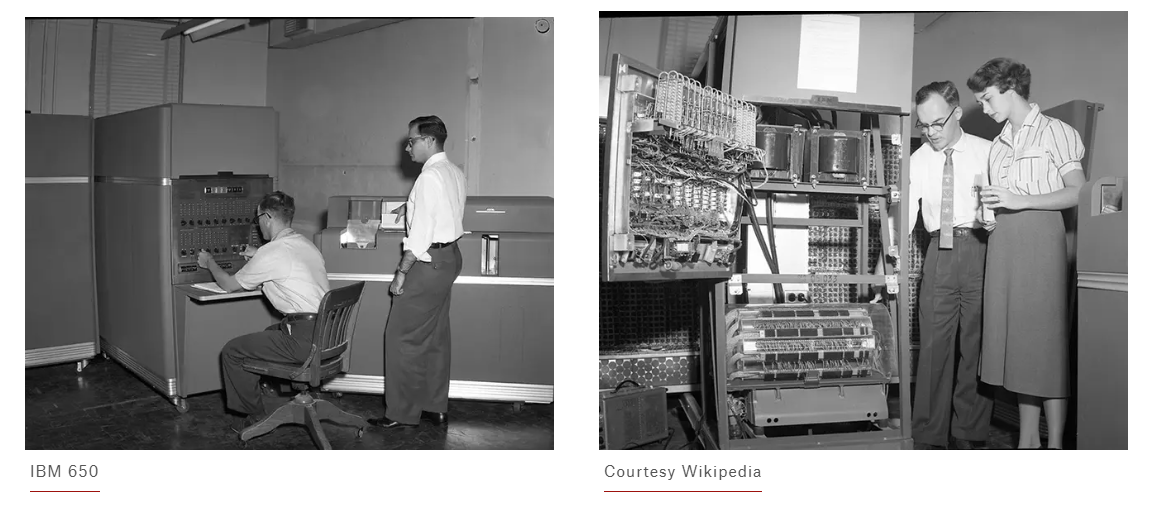The paradox of individuality in the digital age

 https://aeon.co/essays/the-sovereign-individual-and-the-paradox-of-the-digital-age
https://aeon.co/essays/the-sovereign-individual-and-the-paradox-of-the-digital-age

In the mid-1950s, IBM approached Jacques Perret, a Classics professor at the Sorbonne, with a question. They were about to sell a new kind of computer in France, the Model 650. What, they asked, should it be called? Not the model itself, but rather the whole class of device it represented. An obvious option was
calculateur, the literal French translation of ‘computer’. But IBM wanted something that conveyed more than arithmetic. ‘Dear Sir,’ Perret replied,
How about ordinateur? It is a correctly formed word, which is even found in Littré [the standard 19th-century French dictionary] as an adjective designating God who brings order to the world. A word of this kind has the advantage of easily supplying a verb, ordiner.
Besides, Perret added, the implicitly feminine connotation already present in IBM’s marketing materials could carry over to the new term:
Re-reading the brochures you gave me, I see that several of your devices are designated by female agent names (trieuse, tabulatrice). Ordinatrice would be perfectly possible … My preference would be to go for l’ordinatrice electronique.
The female reference was not entirely inappropriate. Up until the mid-20th century, the term ‘computer’ meant an office clerk, usually a woman, performing calculations by hand, or with the help of a mechanical device. IBM’s new machine, however, was intended for general information-processing. The masculine and godlike version prevailed. The term soon entered common language. Every computer in France became known as an
ordinateur.

The IBM Model 650 was sold from 1953 to ’62. Its Console Unit ran on about 2,000 vacuum tubes in conjunction with a spinning magnetic drum capable of storing about 20,000 digits. It was the size of a couple of large refrigerators. The accompanying power supply was about the same size again. The first one was installed in the controller’s office of the Old John Hancock Building in Boston, headquarters of the John Hancock Mutual Life Insurance Company, in 1954. Its job was to calculate sales commissions for the company’s 7,000 or so insurance agents.
snip



